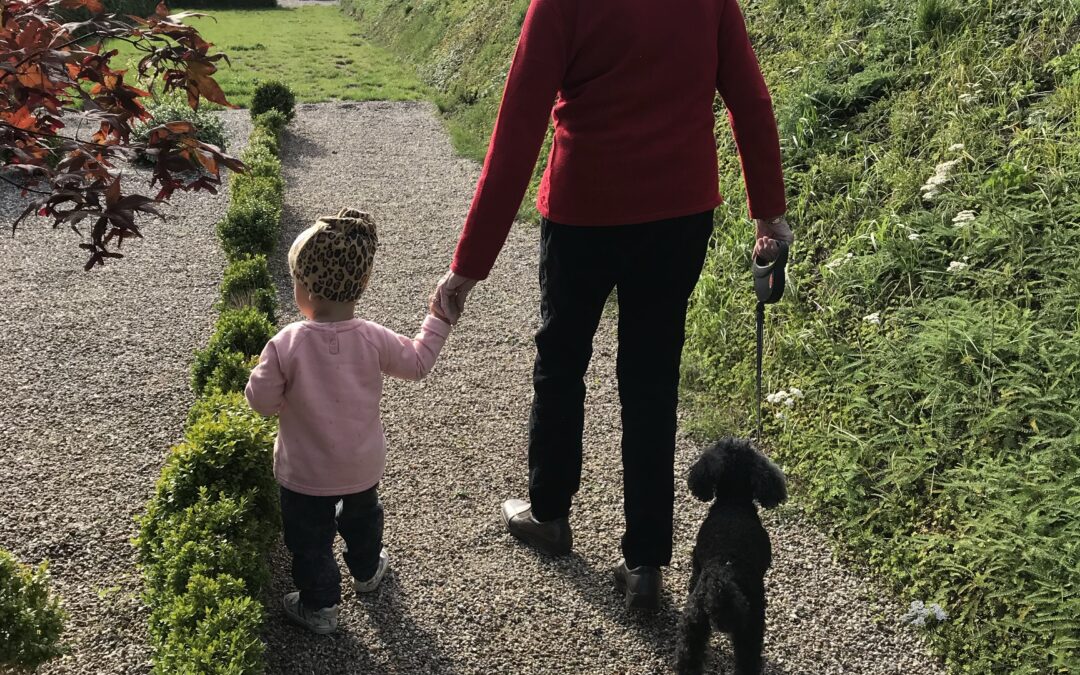It used to be that kids got all the exercise they needed in school, most of the time without even knowing it. Today, parents have switched to homeschooling, and there’s less exercise involved in this kind of schooling. So, this responsibility falls on the parents to ensure that the whole family keeps fit and eats healthy.
A majority of exercises for adults might feel like a grind to young ones. That is why parents need to develop creative, fun ways in which kids will keep fit and have fun all at once. One needs to understand what part of the body needs to be exercised and ensure it won’t be so overwhelming to your children.
Integro Health has a great list of ways in which you can speed up your metabolism, and it isn’t only by working out. In fact, most everything on their list is about what you eat and when.
Read on, as we recommend a couple of indoor and outdoor activities for you and your family that will keep you all fit.
Outdoor fitness activities
Cycling – Family bike rides can be quite an exciting experience. Make it a race and have a prize or trophy for the winner to get the most out of the exercise—an excellent experience for the whole family and a fun way of creating lots of memories.
Swimming – Recreational swimming is a fun way to enjoy and get some exercise done simultaneously. You can maximize the activity by playing airball, Marco polo, and pool basketball games. Ensure that everyone is in the water for over 1 hour for a great exercise.
Walking – Taking family walks is great. Use a walk score map to find the best spots nearby. You can make the exercise fun by changing these to speed walks, hikes, or treks. Walking is a fantastic way of interacting and making conversations with your kids.
All you need to do is get your hearts pumping fast. However, ensure that every family member is considered, don’t make the walks extremely long or fast. It will start to feel like work instead of fun.
You can even include your four-legged family members, too. Just remember to have a secure dog harness. You don’t want fido to run off and become lost.
Games – We all enjoy fun games, even as adults. So, playing games as a family is a superb way of exercising and having fun simultaneously. In fact, kids would want to do it for hours, and everyone in the family will benefit from the activity. Games to play can include; soccer, tug of war, jump rope, and basketball.
Indoor activities
Exercising is a great aspect of self-care, and it’s crucial we teach our kids how to take care of their bodies. There’s a whole spectrum of self-care like healthy eating, therapy, getting enough sleep, and so forth. All these activities allow you to get the most out of your exercise routine.
Calisthenics – You don’t need equipment to add exercise to your day. Encourage the whole family to get each day started with some jumping jacks and jogging in place.
Yoga – Yoga has been proven to improve the mental and physical health of kids between 6 -12 years. It also improves kids’ balance, endurance, strength, and aerobic capacity. Children who do yoga have focus, excellent memory, confidence, and high self-esteem.
Martial arts – Martial arts is a fun activity for kids. It improves coordination and balance in older adults and is a great technique for cardiovascular activity and flexibility in adults.
Dancing – Dancing is one of the main cardio workouts that fitness professionals recommend. Put on a favorite family song and have a party!
Since kids spend most of their time playing, we always assume they don’t need scheduled workouts like adults. Every individual needs to keep their body active for a healthy lifestyle.
Also, family workouts are a great bonding opportunity for everyone. Ensure you make everything fun, even house chores, so that your kids can get the most out of it.
To help you and your family achieve balance through functional medicine, visit Integro Health today!


